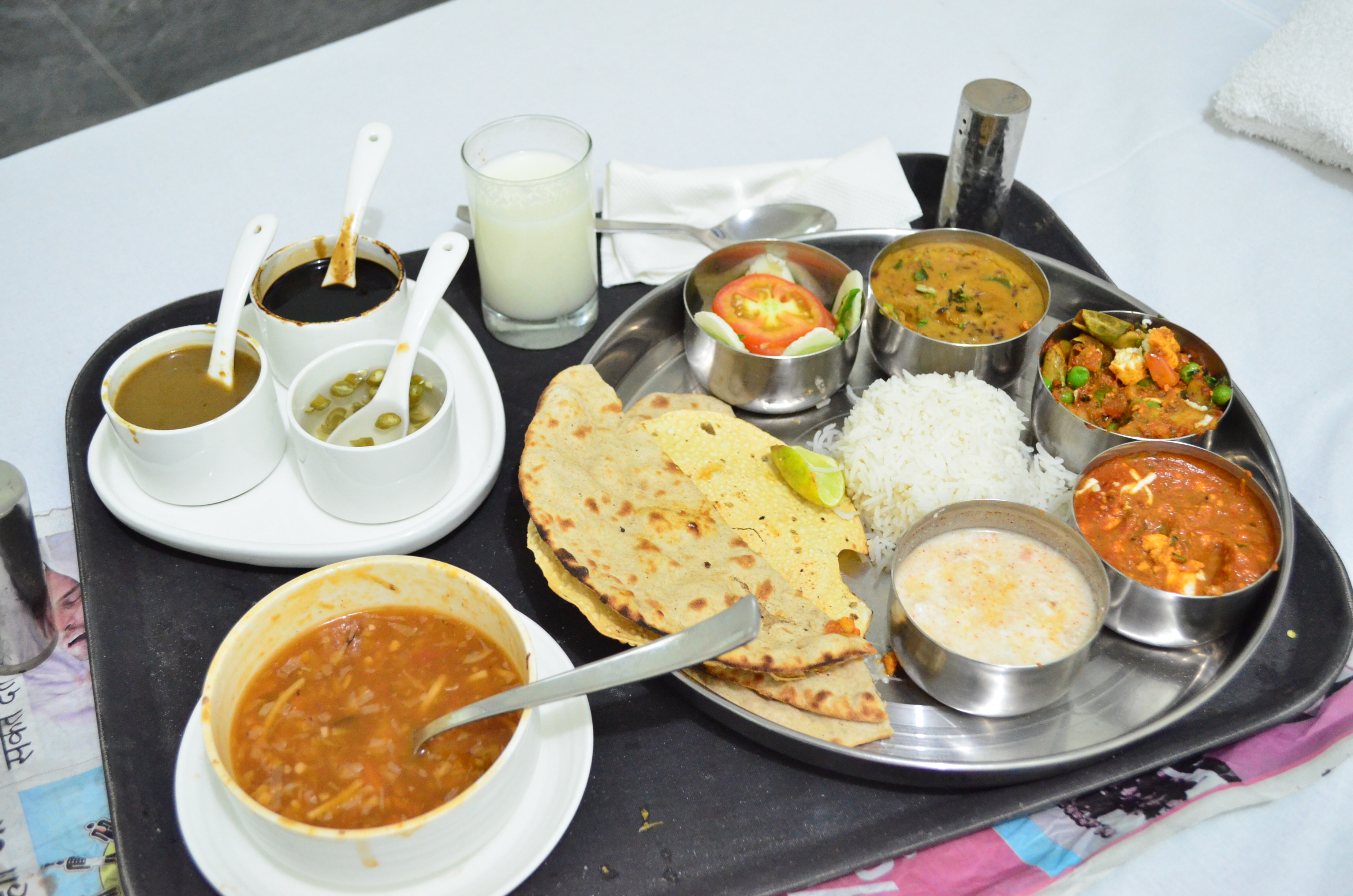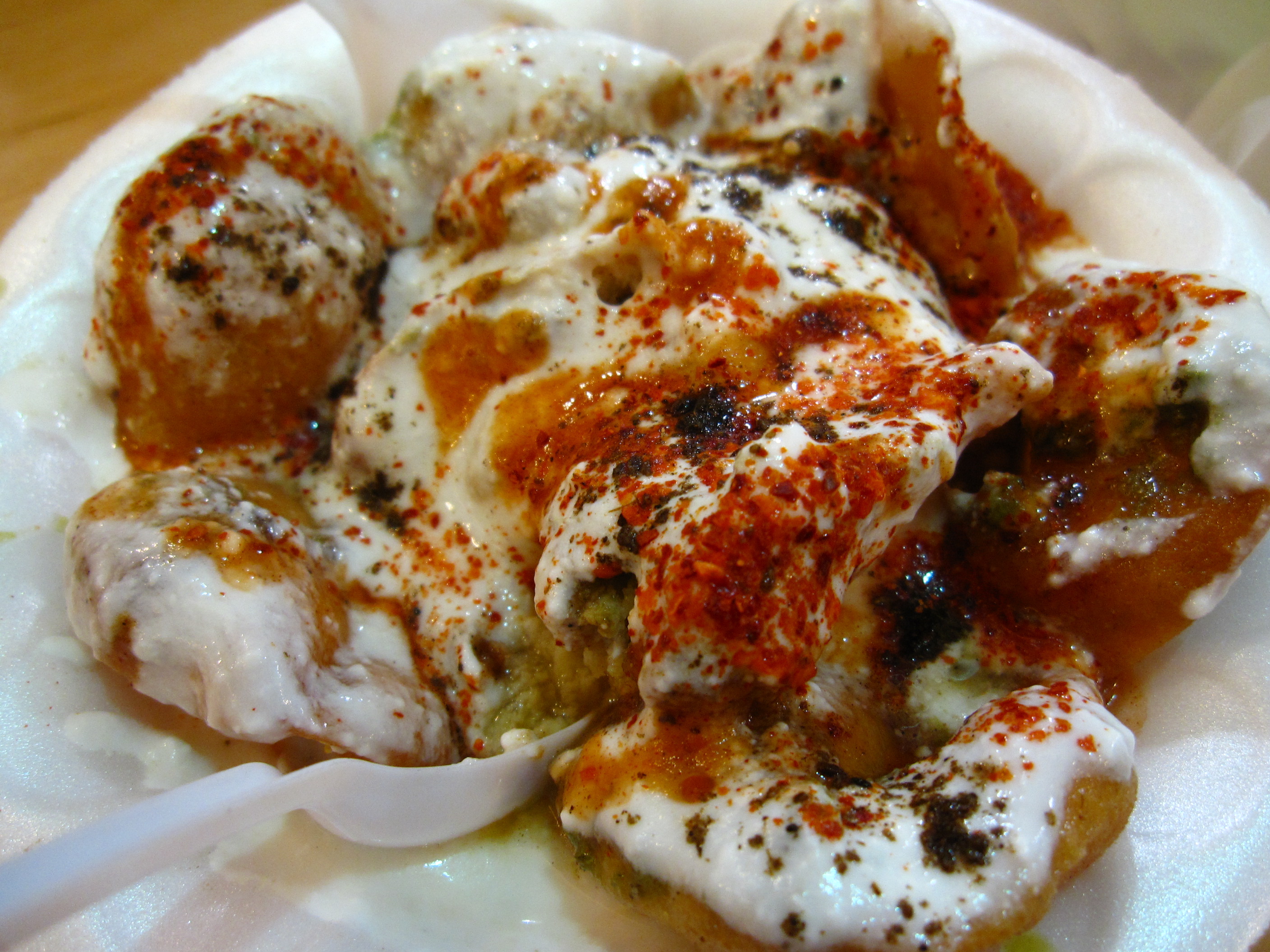 |
| Qutub Minar |
Its imposing height, intricate carvings, and the sheer weight of centuries it represents make it a captivating monument, a UNESCO World Heritage site that speaks volumes about India's rich past.
However, the tourist experience around Qutub Minar is not solely confined to its architectural grandeur; it is profoundly enriched by the vibrant culinary landscape that surrounds it, offering a delightful juxtaposition of historical exploration and gastronomic adventure.
The primary interest in Qutub Minar stems from its profound historical significance. Built over several centuries, starting in the late 12th century by Qutb al-Din Aibak, the first Sultan of Delhi, and completed by his successors, the minaret symbolizes the dawn of Muslim rule in India.
Each of its five distinct storeys tells a story, adorned with verses from the Quran and intricate patterns that reflect the evolving architectural styles of its different builders. Tourists, often guided by knowledgeable locals or audio tours, are drawn into this narrative, eager to trace the footsteps of emperors and understand the cultural amalgamation that shaped medieval India.
 |
| Qutub Minar |
The Iron Pillar, a metallurgical marvel from the 4th century CE, standing within the Qutub complex, further piques curiosity, baffling scientists with its rust-resistant composition and adding another layer of historical intrigue to the site.
Beyond history, the architectural brilliance of Qutub Minar is a magnet for enthusiasts and casual visitors alike.
The tapering structure, rising to over 73 meters, with its fluted and cylindrical sections, balconies supported by muqarnas corbels, and delicate sandstone and marble veneer, is a feast for the eyes. Photographers spend hours trying to capture its perfect angle, while artists sketch its intricate details, marveling at the craftsmanship that has withstood the test of time.
The surrounding complex, which includes the Quwwat-ul-Islam Mosque, Alai Darwaza, and the Tomb of Iltutmish, forms an open-air museum, each structure contributing to a comprehensive understanding of early Islamic architecture in India. The sheer scale and beauty of these ruins evoke a sense of awe and wonder, transporting visitors to a bygone era.
For many, the appeal also lies in the panoramic views one can imagine from its summit, even though public access to the top has been restricted for safety reasons since the early 1980s.
 |
| Qutub Minar |
Nevertheless, the towering presence of the minaret itself, dominating the Delhi skyline, offers a profound sense of perspective and continuity.
It stands as a silent witness to countless historical events, a stoic reminder of change and endurance, concepts that resonate deeply with visitors seeking a connection to something larger than themselves.
However, a visit to Qutub Minar is incomplete without indulging in the local culinary scene that thrives in its vicinity.
Delhi, being a melting pot of cultures and a historical capital, boasts an incredibly diverse and delectable food landscape, and the areas surrounding major tourist attractions are often prime spots for experiencing authentic flavors. After a long walk exploring the complex, the aroma of sizzling street food and the promise of a refreshing beverage become irresistible.
Street Food
 |
| Typical Veg North Indian Thali Prav2991993, CC BY-SA 4.0, via Wikimedia Commons |
One of the most popular and ubiquitous street foods near Qutub Minar, and indeed across Delhi, is paratha.
The tasty vegetable dish of North India is an unforgettable one, which is available everywhere in Delhi.
These flaky, pan-fried flatbreads, often stuffed with various fillings like spiced potatoes (aloo), paneer (Indian cottage cheese), radish (mooli), or cauliflower (gobi), are a hearty and satisfying meal.
Served hot with dollops of butter, tangy pickles, and cooling yogurt, parathas offer a quintessential North Indian breakfast or lunch experience. The small, unassuming eateries and street stalls near the monument often have a dedicated following for their particular rendition of this classic dish, drawing in both locals and tourists seeking comfort food that is rich in flavor and tradition.
 |
| Tasty Delhi Chaat erin from Evanston, CC BY 2.0, via Wikimedia Commons |
This umbrella term encompasses a variety of savory snacks, typically served at roadside stalls, characterized by a delightful explosion of sweet, sour, spicy, and tangy flavors.
From golgappe (crispy hollow balls filled with spicy tamarind water), aloo tikki (spiced potato patties), and papri chaat (crispy wafers topped with yogurt, chutneys, and spices) to bhalla papri (lentil dumplings and crispy wafers), chaat offers a textural and gustatory adventure.
The freshness of ingredients, the vibrant spices, and the skillful assembly by street vendors make chaat an irresistible treat for tourists eager to sample authentic Delhi street food. It’s an experience that engages all senses, from the vibrant colors to the lively chatter of the vendors and the invigorating burst of flavors.
For those craving something more substantial, the kebabs around Qutub Minar are a must-try. Drawing from Delhi's rich Mughal heritage, the area offers a fantastic array of succulent grilled meats. Seekh kebabs (minced meat mixed with spices, skewered and grilled), shami kebabs (patties made from minced meat and lentils), and galouti kebabs (incredibly tender minced meat kebabs that melt in the mouth) are just a few examples.
These savory delights, often served with mint chutney and fluffy naan or rumali roti, provide a rich and flavorful culinary experience, showcasing the intricate spice blends and cooking techniques passed down through generations.
 |
| Qutub Minar |
Beyond these specific dishes, the general atmosphere of eating near Qutub Minar is part of the charm.
The bustling street food scene, the aroma of spices wafting through the air, and the opportunity to observe local life unfold around a historical monument add an intangible layer to the tourist experience.
It's a chance to connect with the city's pulse, to interact with vendors, and to savor flavors that are deeply embedded in Delhi's cultural fabric.
In conclusion, the Qutub Minar is far more than just a historical monument; it is a gateway to understanding India's past and present. Its architectural splendor and historical narratives are undoubtedly the primary draws, captivating visitors with tales of ancient empires and artistic mastery.
However, the holistic tourist experience is significantly enhanced by the vibrant and diverse local food scene that flourishes around it.
 |
| Qutub Minar |
The delicious parathas, the zesty chaat, and the succulent kebabs offer a perfect complement to the intellectual and visual feast provided by the minaret.
Together, history, architecture, and culinary delights create an unforgettable journey for every visitor, making Qutub Minar not just a site to see but an experience to savor.
The pencil drawing images of Qutub Minar are generated with the help of Google Gemini.
No comments:
Post a Comment